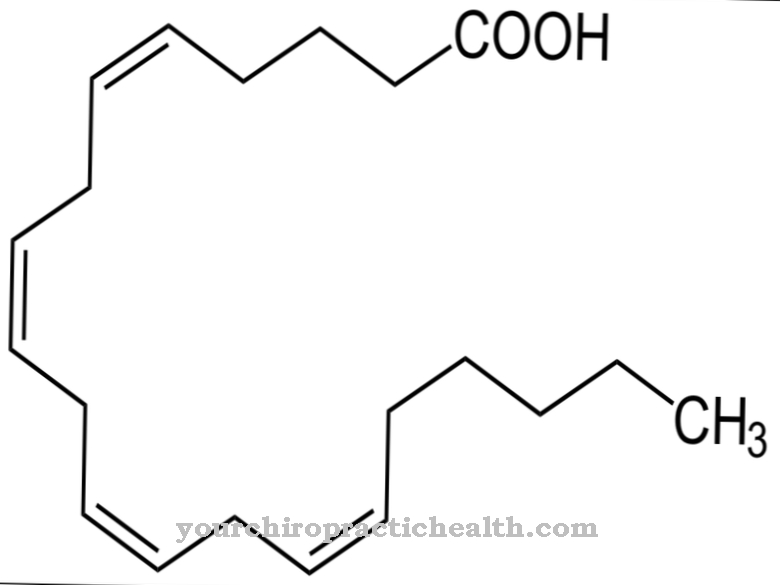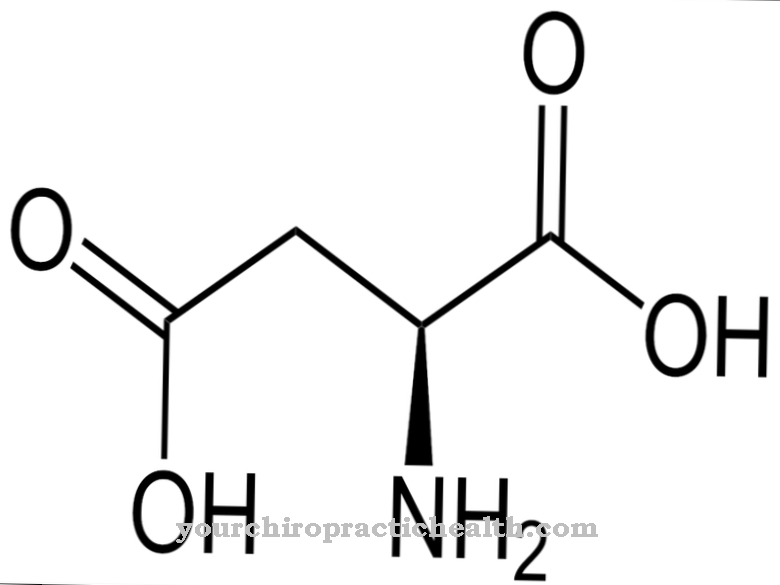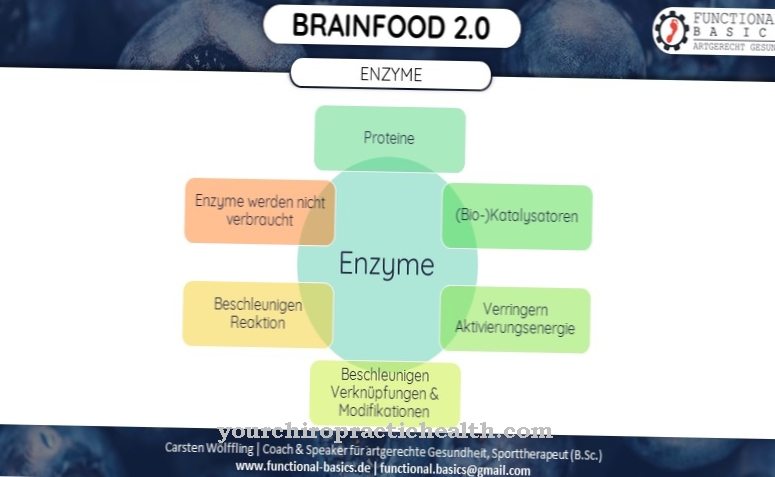Melanocyte-stimulating hormones (MSH) represent a group of peptide hormones which, among other things, regulate the production of melanin in melanocytes. This function is controlled by melanocortin receptors. In connection with Addison's disease, there is an increased concentration of MSH, which leads to the bronze coloring of the skin.
What is Melanocyte Stimulating Hormone?
The melanocyte-stimulating hormones are peptide hormones that have different functions. Among other things, they are responsible for the formation of melamine. In order to fulfill their tasks, they dock on the so-called melanocortin receptors.
The melanocortin receptors are G-protein coupled receptors. These are membrane-bound receptors that use GTP-binding proteins to guide signals into the cell and stimulate various reactions there. The melanocyte-stimulating hormones, also known as melanotropins, consist of three different peptide hormones. These are the Alpha, Beta and Gamma MSH. All three MSH are formed from the prohormone proopiomelanocortin (POMC) together with the hormone adrenocorticotropin (ACTH) and beta-endorphin. All MSH and ACTH dock to the same melanocortin receptors MC1R, MC2R, MC3R, MC4R and MC5R and thus develop their effect.
Function, effect & tasks
The function of the melanocyte-stimulating hormones is to stimulate the melanocytes to produce melanin. Especially with increased UV radiation from the sun, there is an increased formation of MSH in order to ensure better sun protection by tanning the skin. In addition to melanin production, the MSH also control the fever reaction and stimulate the hunger center.
In order to mediate these functions, the MSH must couple to the melanocortin receptors. The individual receptors each convey their own functions. The receptor melanocortin receptor 1 (MC1R) controls hair coloring and skin tanning. The melanocortin receptor 2 (MC2R) mediates the effects of ACTH. Another melanocortin receptor, the MC3R, is expressed in the brain, placenta, or intestinal tissue. It does not occur in the melanocytes and the adrenal cortex. With the help of MSH, this receptor controls the lowering of the fever reaction and the utilization of food, whereby the body fat storage is reduced. MC4R is also expressed in the brain, the placenta and the intestinal tissue and, with the help of the MSH, raises the body temperature slightly while suppressing the fever reaction.
In addition, the hunger reaction is suppressed, the energy consumption in the metabolism is influenced and sexual pleasure is increased. The melanocyte-stimulating hormones are released when needed. They are firmly integrated into the control circuit of the hormonal system. When there is a high demand for ACTH, a larger amount of alpha-MSH is formed at the same time. ACTH controls the production of glucocorticoid hormones. Thus it reacts to a higher need for these hormones. At the same time, more MSH are created.
Education, occurrence, properties & optimal values
The melanocyte-stimulating hormones are produced in the hypothalamus or the lobe of the pituitary gland. There they arise from the breakdown of the prohormone proopiomelanocortin (POMC). ACTH, gamma-MSH and beta-lipotropin are initially formed from POMC. A further cleavage of a peptide residue can form alpha-MSH from ACTH. Beta-lipotropin breaks down into gamma-lipoprotein and beta-endorphin. Ultimately, beta-MSH is then formed from gamma lipotropin.
Diseases & Disorders
As already mentioned, the melanocyte-stimulating hormones, together with ACTH and beta-endorphin, arise from the prohormone proopiomelanocortin, which is abbreviated as POMC. Proopiomelanocortin consists of 267 amino acids. Since this hormone is a prohormone, it must be intact in order to be broken down into effective hormones.
The coding gene for proopiomelanocortin is located on chromosome 3. A clinical picture is known which is based on mutations of this gene. The affected people suffer from severe obesity and renal cortical insufficiency at an early stage. They also have a red hair color.Due to the incorrect formation of MSH, they can no longer fulfill their functions properly. By disrupting the hunger center and regulating energy consumption, enormous obesity develops. In addition, the formation of melanin is also disturbed. That causes the red hair. Since the hormone ACTH is also missing, the adrenal cortex can no longer be optimally stimulated.
Mutations at the individual receptors can also cause partial functions of the MSH to fail, as they can no longer dock on the corresponding receptor. The melanocyte-stimulating hormones only play a subordinate role in other hormonal diseases. However, they can contribute to typical symptoms of these diseases. Particularly in the context of Addison's disease, a symptom occurs that indicates the increased concentration of MSH. Addison's disease is often characterized by a bronze discoloration of the skin. Here melanin is increasingly formed, which is stored in the skin. Usually a brown coloration of the skin is seen as a sign of health.
With Addison's disease, however, it has a serious basis. Addison's disease is a serious hormone-related disease that often even leads to death from organ failure. For some reason, the adrenal cortex is destroyed in this condition. This can be due to autoimmune processes, injuries in this area or other causes. In any case, the glucocorticoids cortisol, aldosterone and sex hormones can only produce a small amount. From this result the main symptoms of this disease.
Since the endocrine system is subject to a regulating mechanism, the hypothalamus is stimulated to produce more ACTH. However, the increased ACTH concentration can no longer stimulate the formation of glucocorticoids because the adrenal glands are destroyed. In addition to the increased formation of ACTH, the melanocyte-stimulating hormones are also increased. The melanocytes are stimulated to produce more melanin.




.jpg)
.jpg)






.jpg)



.jpg)










.jpg)
